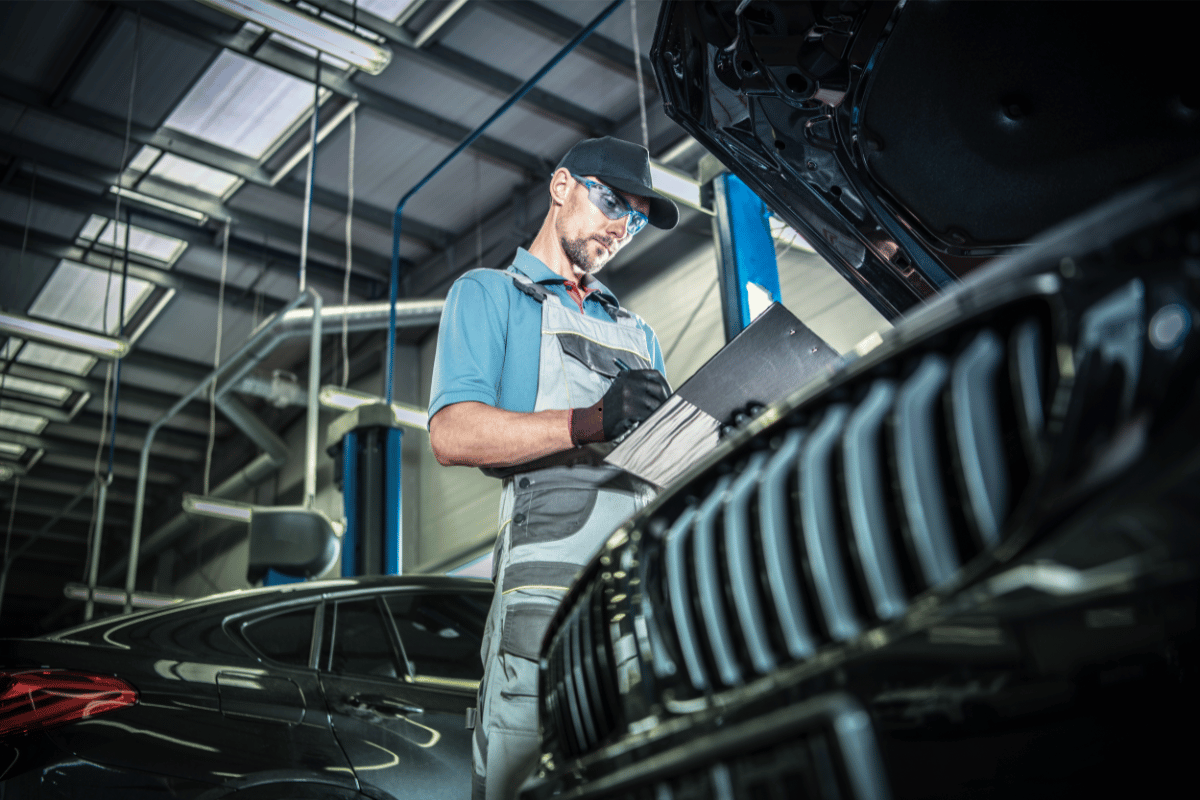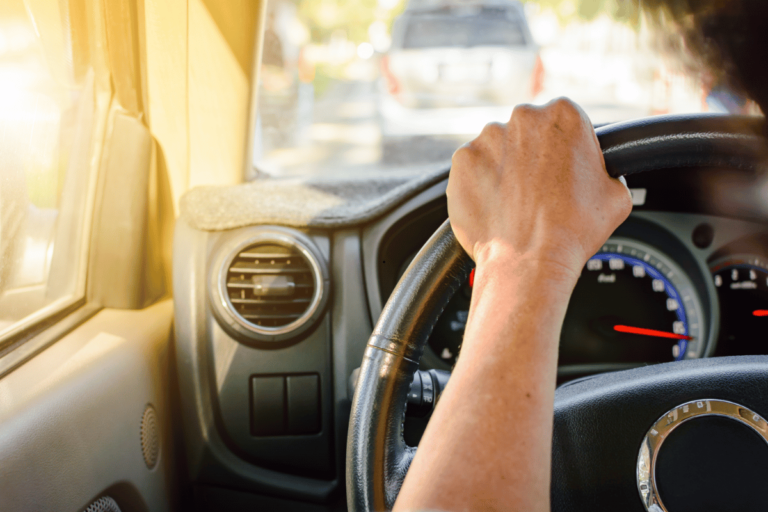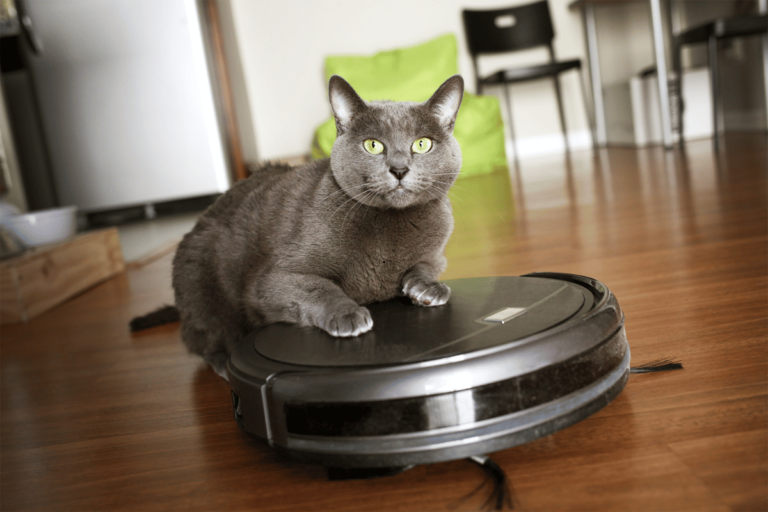5 Essential Car Maintenance Tips For Bad Weather
Bad weather and a car in bad condition are not a good mix. While it might seem harmless to ignore a slightly squeaky windshield wiper or postpone car maintenance because everything seems to be working okay, these mistakes can cost you in the event of bad weather.
Extreme weather conditions like snow or heavy rainfalls demand that your car is in a perfect state to ensure you not only drive with ease but can also stop, turn, and see ahead without any challenges. If your vehicle isn’t performing as it should, you might need to consider seeking help from Lemon Law Assist to address any persistent issues.
So, do you know how to maintain your car to ensure it remains in tip-top condition in extreme weather?
Let’s discover some essential car maintenance tips for bad weather to ensure you’re not caught off guard.
1. Check and Replace Windshield Wipers
From heavy downpours to extreme snow, inclement weather does affect your car. Sometimes, you may not notice it immediately, especially if the damage is in a hidden part, but other times, it’s pretty clear you need to get some maintenance done to use your car in extreme conditions.
However, it’s always best to take precautions before you need to replace something major. One simple car maintenance tip is checking the condition of your wipers and replacing them if need be.
Windshield wipers are a lifesaver in extreme rainfall and snow, as they impact your ability to see clearly when driving. Therefore, it’s always best to keep them in good condition in preparation for extreme weather—routine inspections and detailing services from professionals like those at https://glosshaus.com.au/ can help ensure they function at their best.
Some of the telltale signs that you need to replace your windshield wipers include:
- Squeaking Noises During Operation: There shouldn’t be any high-pitched noises when wiper blades are in operation. Check to see if there’s debris stuck on the blades causing the noise or a lack of wiper fluid. Once you’ve ruled out these two factors, check if the blade rubber is the issue. If it’s too thin, it may be touching the windshield and slowly damaging the glass.
- Streaks on the Windshield: In extreme sun, the rubber in the wiper blades can break down and have difficulty gliding smoothly and snugly across the windshield. Check to see if this is the case and replace them if needed.
- Aging and Advanced Wear: As a general rule of thumb, you should replace wiper blades every 6 to 12 months. If you’ve had yours longer, it may be time for a new set.
2. Check Headlights and Taillights
Another crucial consideration is whether your lights are in perfect condition. In extreme weather, you need your fog and headlights to see clearly.
Additionally, your taillights and turn signals must be in proper working condition to ensure you don’t mislead the traffic behind you and cause a collision.
If you notice any of the following, it may be time to replace your lights:
- Flickering lights
- Dim or discolored lights
- Unresponsive lights
- Lens damage
- One light is brighter than the other
- High beams not working
3. Ensure Your Brakes Are in Perfect Order
The third thing you don’t need when driving in bad or perfect weather is for your brakes to fail on you. Such an occurrence has the potential to be fatal.
It’s even worse in bad weather because visibility may be difficult. As a result, you may have difficulty maneuvering the car to a safe stop.
Therefore, it’s crucial to always ensure regular maintenance of your braking system. Get professional brake service and repairs if you notice your brakes making noises, underperforming or causing vibrations.

4. Replace Tyres If Need Be
Tire treads and pressure are crucial for maintaining grip in extreme weather conditions. Take some time to observe the tread indicators to ensure your tires have enough tread depth.
Additionally, get the tire pressure checked or carry a pressure gauge in your car in case of an emergency. Also, don’t overinflate your tires, as this may cause the vehicle to skid. Always refer to your vehicle handbook for the required tire pressure.
5. Don’t Forget The Car’s Underbody
Most people forget to take care of the car’s underbody, probably because it’s an “out of sight, out of mind” kind of situation. However, you can’t afford to make this mistake.
While it might not seem like a big deal to care for unseen parts, failure to do so may eventually lead to costly repairs due to rust and corrosion.
To prevent this, opt for an underbody anti-rust rubber coating to prevent corrosion in the rainy seasons. This simple maintenance tip will help keep your car roadworthy for longer without necessitating expensive repairs down the road.
Final Word
These are some of the essential things you need to do often to ensure your car remains in perfect condition and can withstand extreme weather. However, this list isn’t exhaustive.
Always ensure you get your car serviced by a professional mechanic. This way, they’ll be able to diagnose and fix anything you may not have noticed during your routine maintenance.






